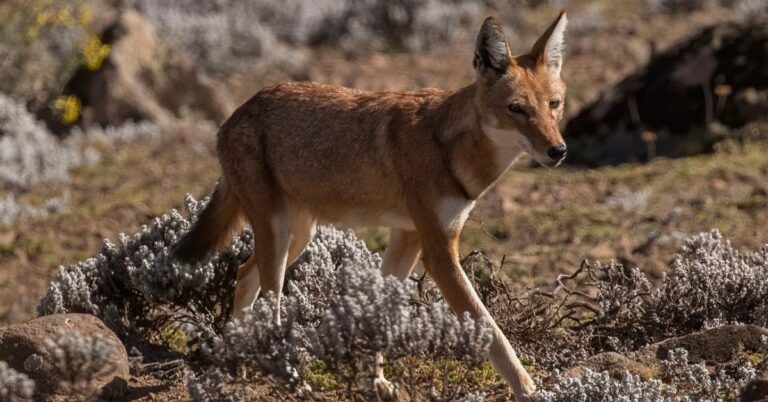15 Reasons Why Your Dog Growls at Some People

Being around a growling dog can be pretty nerve-wracking, whether it’s aimed at you or you’re the one with the growler. As a pet parent, you might also be stressing over your dog’s health and happiness. While growling is often a sign of aggression, it can also happen during play. Here are 15 reasons why your dog might growl at some people.
Keeping Strangers Away
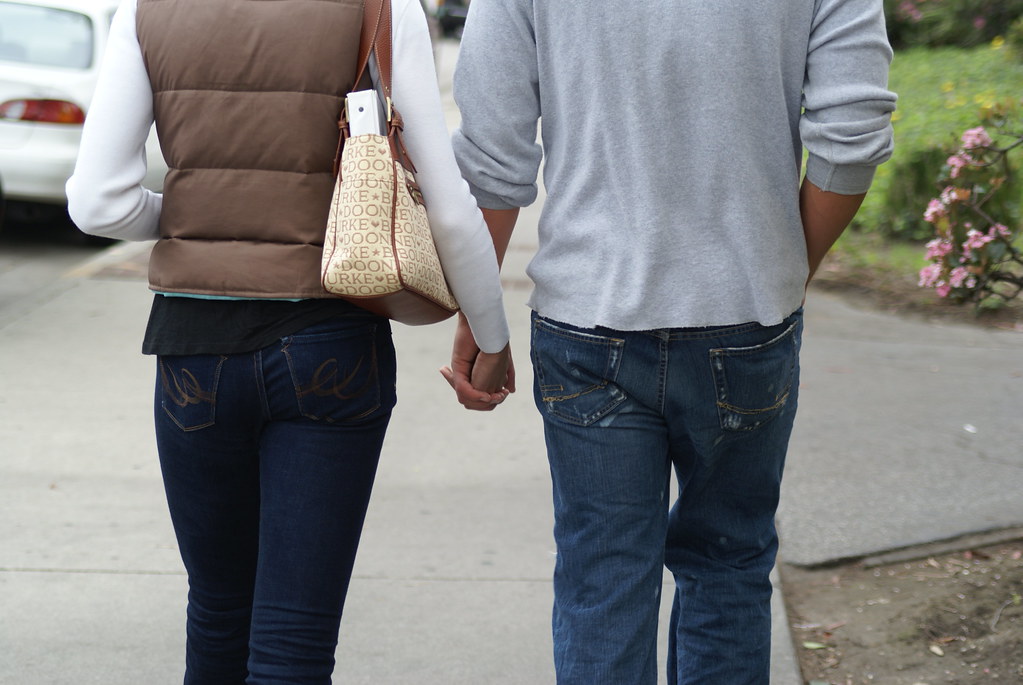
A dog that hasn’t been properly socialized may growl at people. It might start like this: the dog becomes naturally suspicious of people. When people come too close, the dog feels uncomfortable, and its body stiffens. The dog wants to figure out a way to stop people from getting too close, so it tries to growl. The growling works because the stranger gets startled and leaves.
Resource Guarding
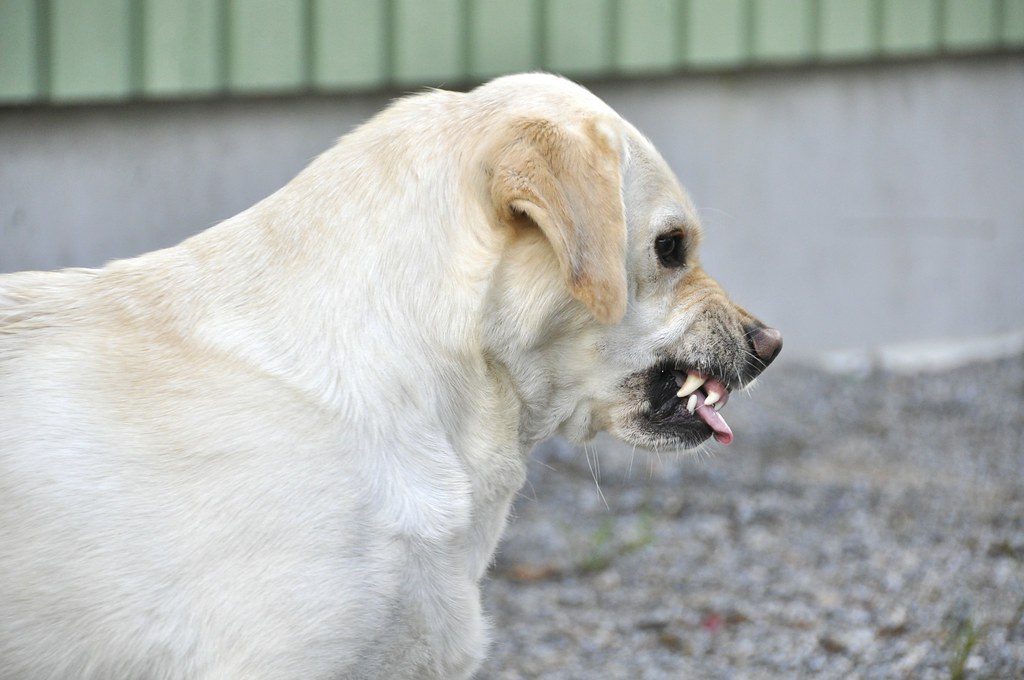
Growling over things like food, toys, or even your attention is a common thing for some dogs. It’s built into many breeds because dogs feel they need to protect things they see as important for survival. If someone gets close to their food bowl, favorite toy, or owner, they might growl to warn them to back off. This is especially true for dogs that haven’t learned to share or for breeds with strong guarding instincts.
Past Abuse or Trauma
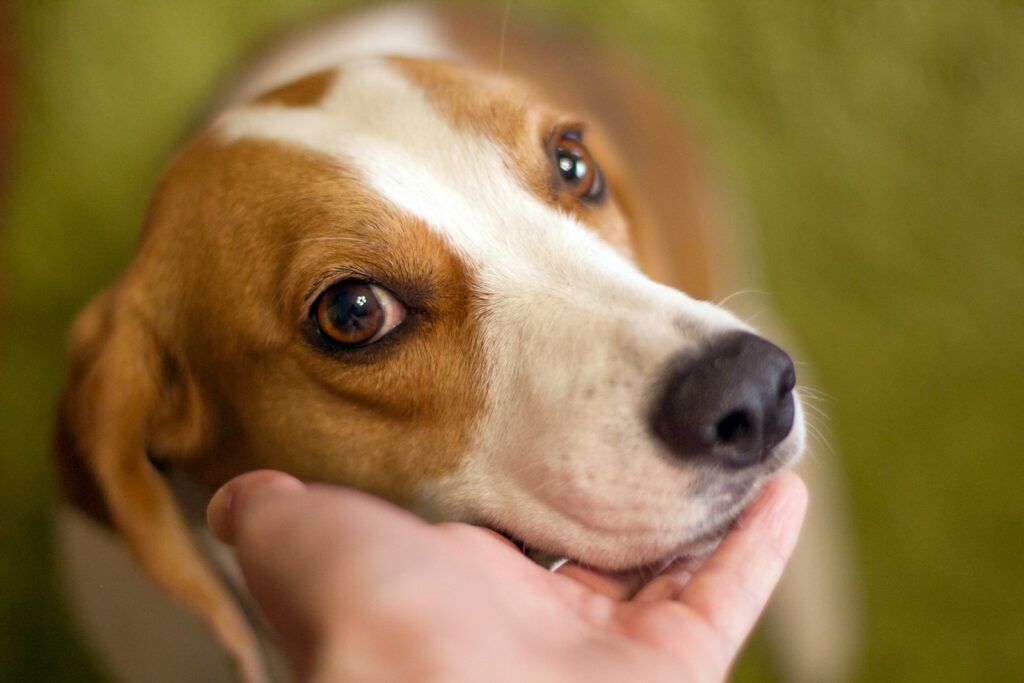
Dogs who experience abuse or trauma have lasting emotional scars that cause them to growl at some people. If a dog is hurt by someone who looks or acts in a specific way, it may react defensively when it encounters someone with similar traits. This includes people with similar body language, clothing, or even scent. Working with a behaviorist can help rebuild trust and address these fear-based reactions.
Pain or Injury
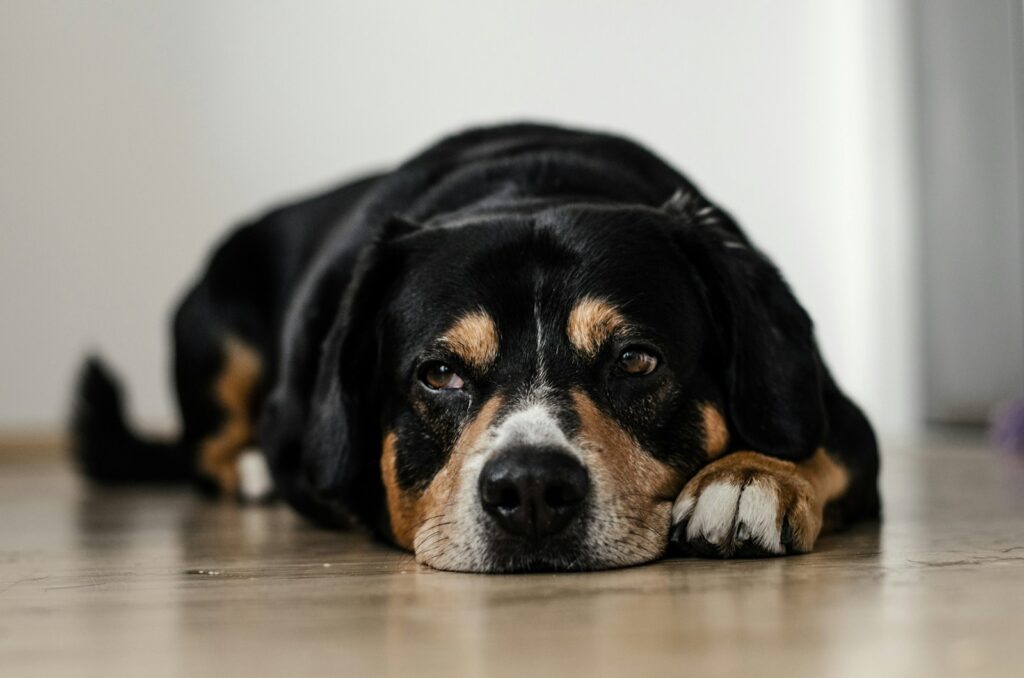
When a dog’s hurt or not feeling well, they might growl to tell you something’s wrong or protect a painful area. For example, if someone accidentally touches a sore spot, the growl is how they react to the pain. Sometimes, dogs will growl even if they feel under the weather or weak. It’s important to keep an eye on their body language and other signs that something’s off—like if they’re limping, not eating, or acting different than usual.
Territorial Behavior
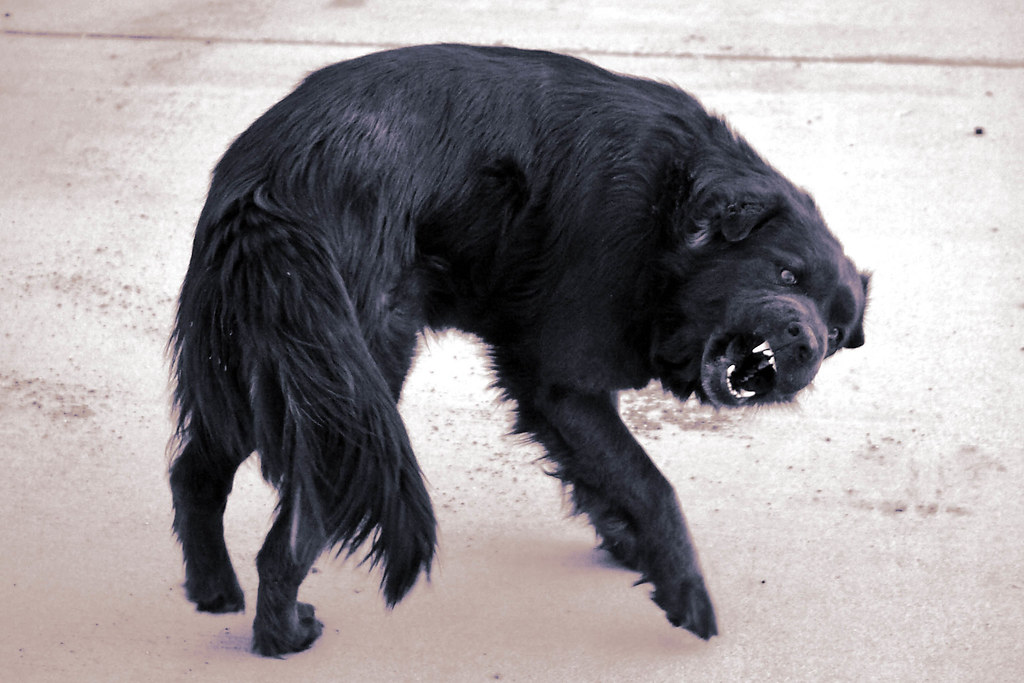
Just like us, dogs can be very territorial. When they feel someone is invading their space, they might growl to keep their boundaries intact. This can happen if someone walks into your home, gets too close to your pup’s chill spot, or even tries to talk to their owner. For some dogs, this need to protect their turf is stronger, especially if they haven’t been socialized right.
Lack of Socialization
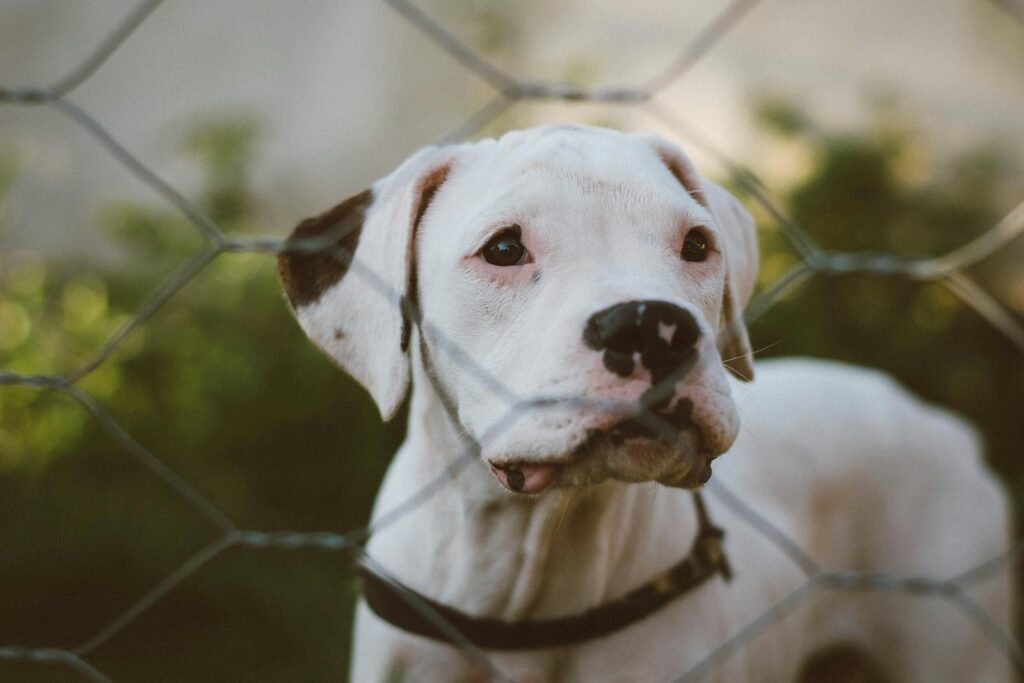
Dogs that haven’t been exposed to a variety of people, places, and situations are more likely to growl at new faces. Socialization is key for helping a dog feel comfortable around unfamiliar people. If your dog hasn’t had the chance to meet a range of people, they may feel threatened by anyone who seems “different.” Proper socialization—starting with controlled introductions—can help your dog learn that not all people are threats.
Protective of Their Owners
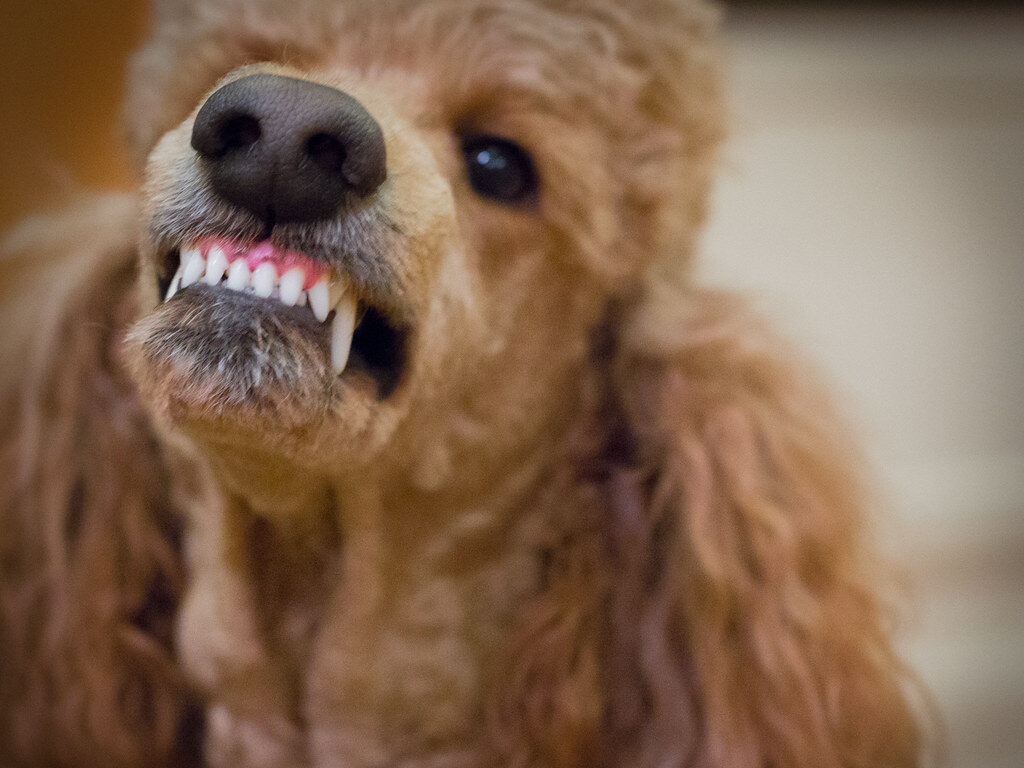
Many dogs form strong bonds with their owners and are very protective of them. If they feel someone is threatening their person, they might growl as a way to guard them. This is common in breeds known for their protective instincts, like German Shepherds or Rottweilers. In these cases, the dog’s growling is not necessarily aggressive but a way of warning someone to stay away from their “human.”
Unfamiliar Scent
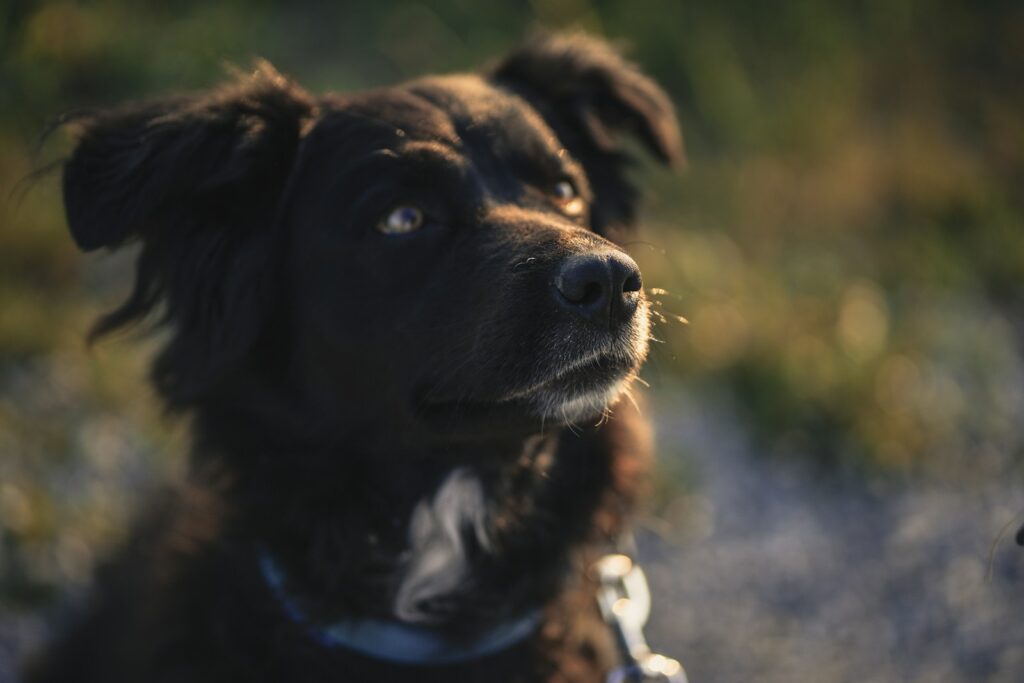
Dogs have an extraordinary sense of smell, which is about 10,000 to 100,000 times stronger than ours. This means they can detect scents that we can’t even imagine. If a person’s scent reminds them of something negative or a past experience, the dog may growl in response. For instance, a person who smells like another animal or has a scent associated with fear or stress could trigger this reaction.
Unusual Appearance
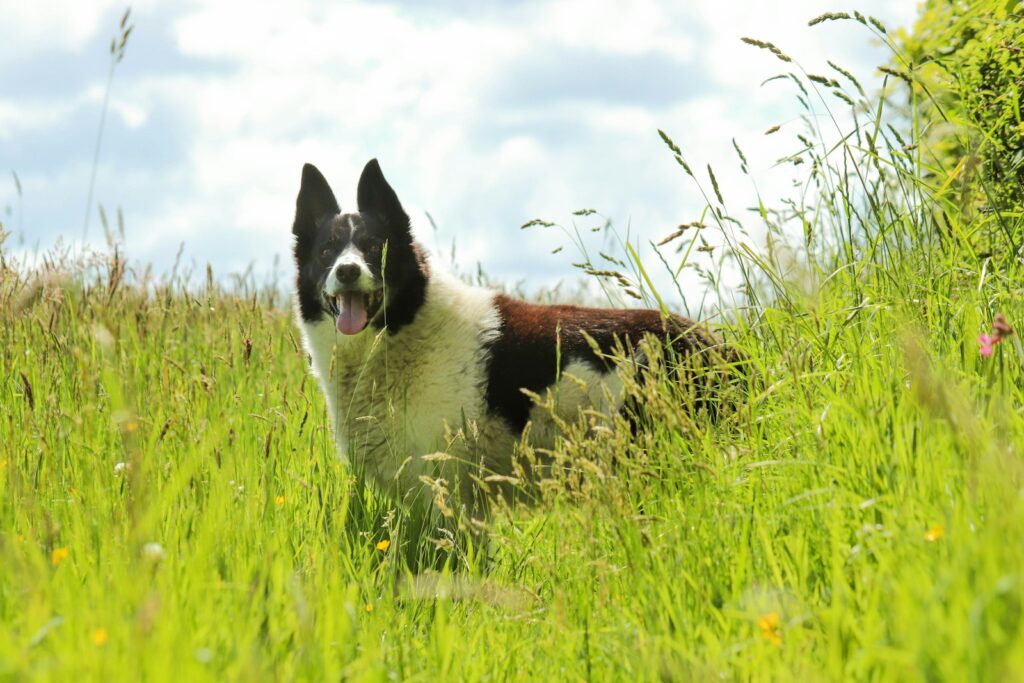
Dogs don’t just react to how people smell; they also respond to how people look. If someone is wearing a hat, sunglasses, or other strange clothing, it may make them appear odd or even threatening to a dog. Dogs rely heavily on visual cues, so if a person’s appearance reminds them of something unsettling—like a previous traumatic encounter—they might growl as a defensive measure. This type of growling often fades once the dog becomes accustomed to the person’s appearance.
Playful Growling
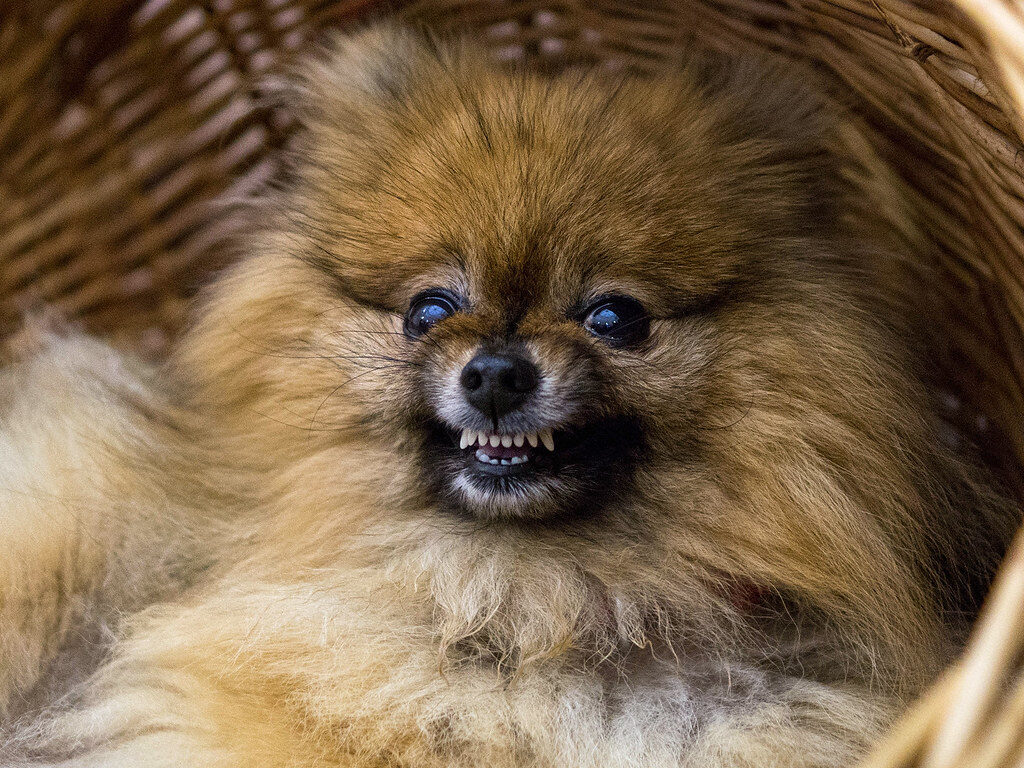
Not all growling means a dog’s being aggressive or scared. A lot of dogs actually growl while they’re playing! Whether it’s during a game of tug-of-war or some wrestling, they might growl out of excitement. This kind of growling usually comes with relaxed body language and playful moves, like wagging tails and bouncy energy.
Frustration
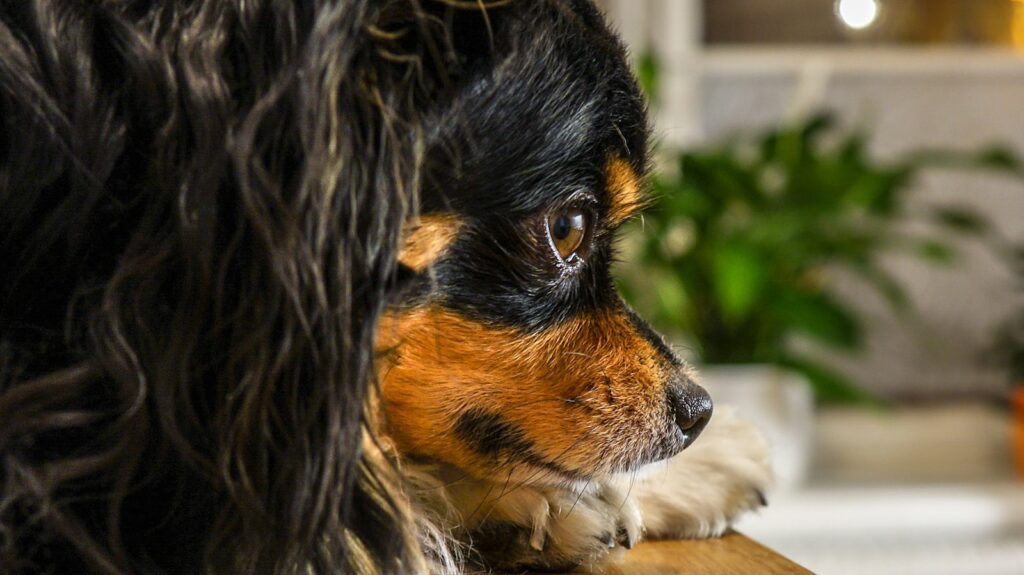
Just like us, dogs can get frustrated when things don’t go how they want. If they’re trying to grab a toy or get your attention and can’t, they might show their frustration by growling. This growl usually comes with a tense or impatient vibe and happens when they feel like they’re not being understood. For example, if they’re stuck behind a gate or can’t get through a door, their growling shows they’re annoyed.
Feeling Threatened
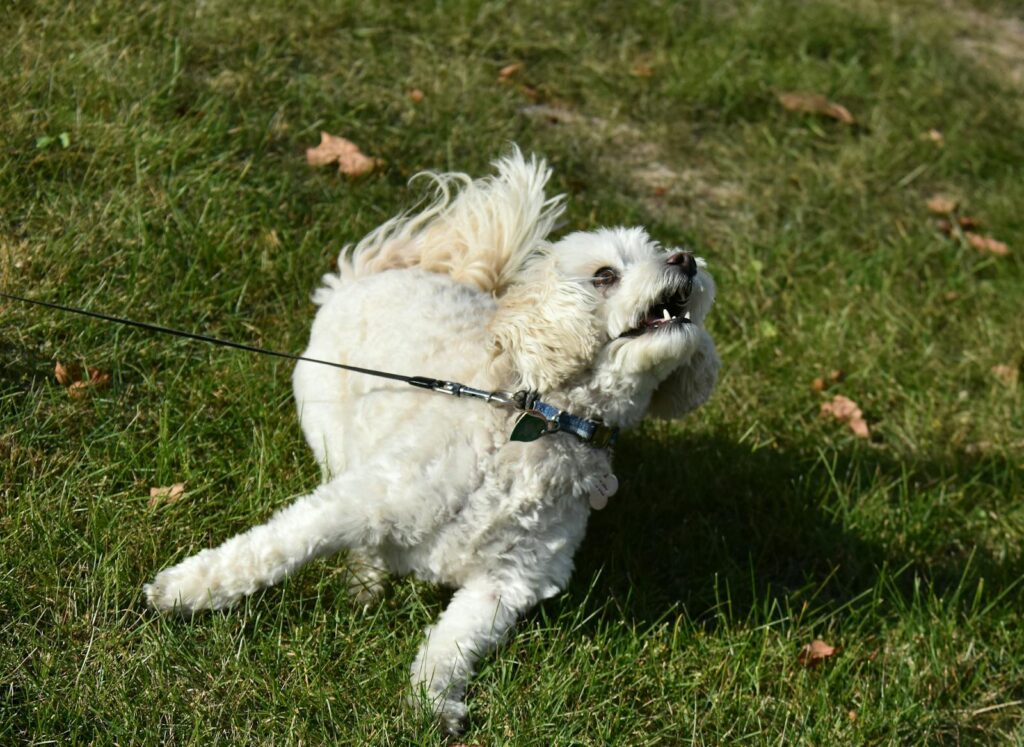
Growling is a way for dogs to let you know they feel threatened or trapped. If a dog feels cornered or has no way out, they might growl to warn you to back off. This is especially common if someone gets too close or approaches too fast. The growl is basically the dog’s way of saying, “Give me some space.” You’ll see this more in dogs that are naturally more shy or fearful.
Lack of Trust
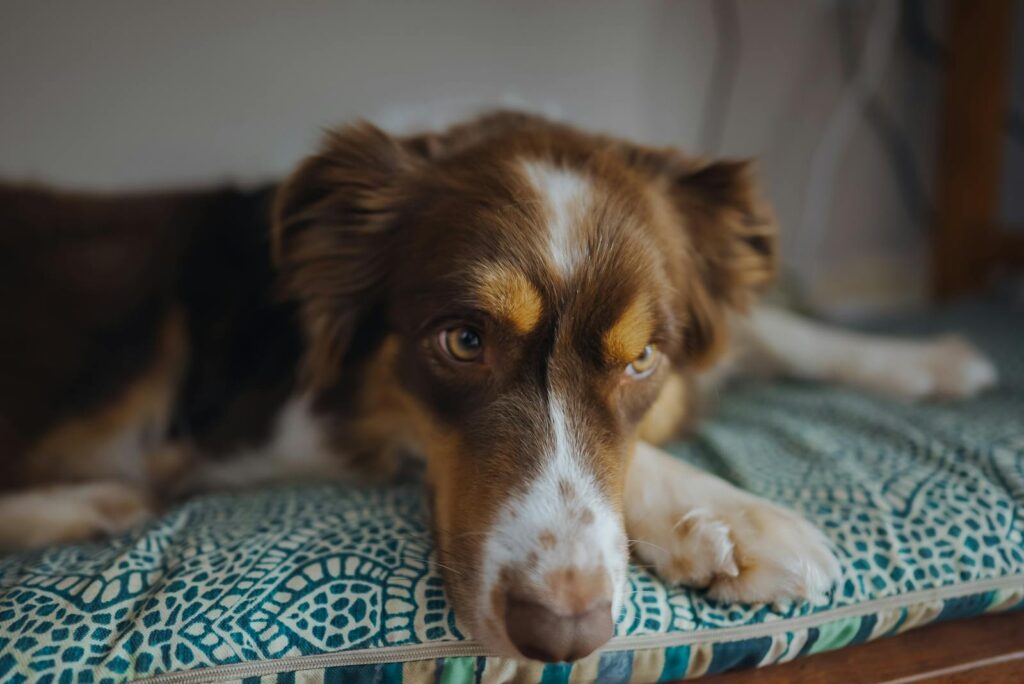
Some dogs have a hard time trusting new people. If your pup has had negative experiences with strangers or hasn’t been properly socialized, it may growl when encountering someone unfamiliar. This could be due to their general wariness of new faces, or it could be specific to certain individuals with a similar appearance or behavior to someone the dog previously mistrusted.
Overstimulation
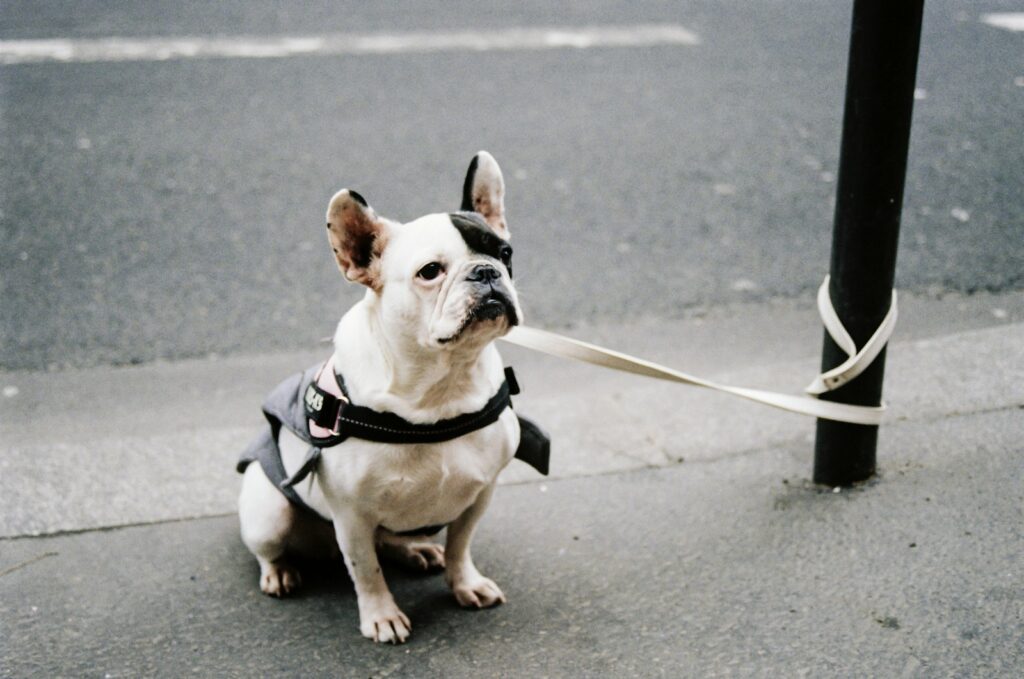
Dogs can become overstimulated by excitement or too much attention, which can lead to growling. If there are many people or a lot of noise around, some dogs may feel overwhelmed and growl to signal they need a break. This is especially common in dogs that are not used to chaotic environments. If your dog growls when there’s too much going on, it’s their way of saying, “I need to calm down!”
Changes in Routine
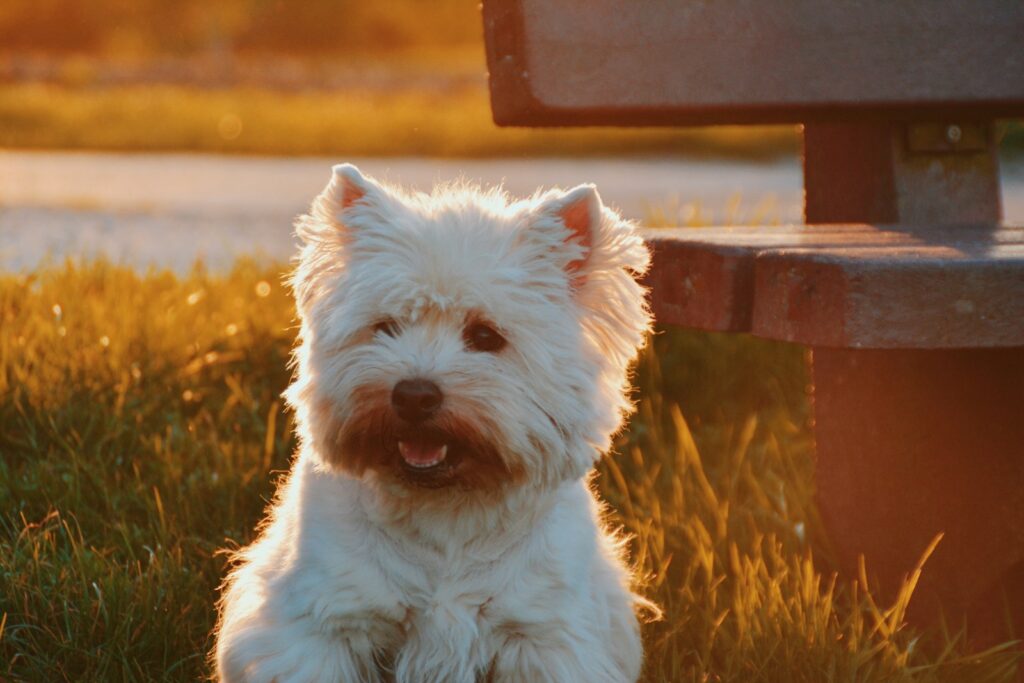
Dogs thrive on routine, and any kind of change in routine can cause stress. Whether it’s a new person in the house or a shift in their daily schedule, your pup may growl as a reaction to the change. This is how they show confusion or unease. If your dog growls after a big change, give them time to adjust and provide some love during the transition.



